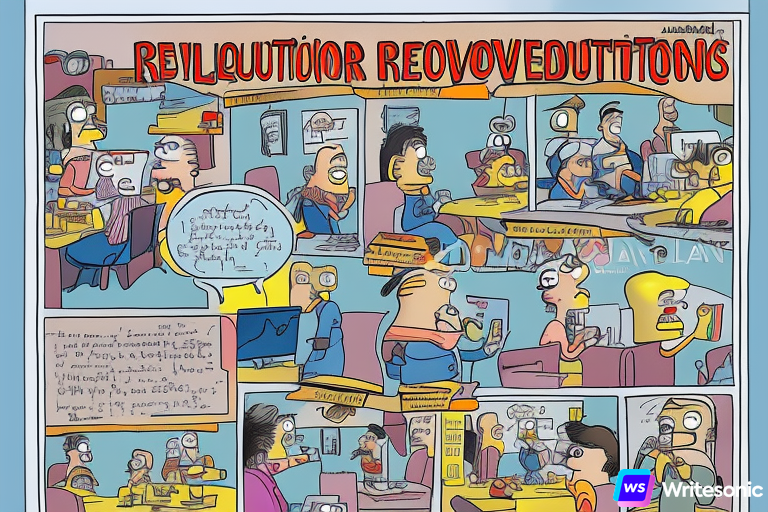Plugged into Curriculum Development
Being plugged into curriculum development compels one to examine emerging theory in current curricular development, but we have to examine the whole picture in recent education. We have seen educators customize and individualize curriculum according to needs of all students. In many instances, we have seen new assessments (next generation computerized assessments) and other technological resources (adoptino of iPads) being instituted. In addition, we have seen an emphasis on skills over facts in curriculum design. We will explore how emerging trends in curriculum development are demonstrated in specific subject or content areas.
In the K12 arena, English language arts (ELA), reading, or writing (literacy); social studies; mathematics; science; foreign language; the arts; and physical and health education make up what is frequently known as the “common curriculum”. The common curriculum is what is usually taught in schools everywhere.
How might you as a curriculum developer anticipate a future trend in a subject or content area? How would you identify a political, economic, or other social factor (e.g., wellness’ effect on physical education and health) that has the potential for re-shaping a subject area? How you would identify technology or another outside influence that might affect a subject or content area (e.g., virtual and augmented reality)? Some trends in the given subject areas can be found below:
- One of the major trends in ELA is the implementation of the Common Core State Standards (2017). According to the National Council of Teachers of English (2017), ELA covers reading, writing, speaking, and listening.
- The National Council for the Social Studies released its revised national standards, National Curriculum Standards for Social Studies: A Framework for Teaching, Learning, and Assessment (2010). The framework provides a way of organizing knowledge about the human experience in the world.
- According to the National Council of Teachers of Mathematics (2017), one of the major trends in mathematics is the implementation of CCSS (2017).
- Science has undergone a complete overhaul with the Next Generation Science Standards (2017).
- According to ShapeAmerica (2017), wellness initiatives across the country have sparked new interest in physical education and health curriculum.
- According to the American Council for the Teachers of Foreign Language, trends in foreign language education have been divided into two categories: curricular approaches and instructional approaches (2017).
- The National Coalition for Core Arts Standards (2014), adopted PreK–12 standards in dance, music, theatre, and visual arts in 2014. The voluntary grade-by-grade standards are intended to affirm the place of arts education in a balanced core curriculum, support the 21st-century needs of students and teachers, and help ensure that all students are college and career ready.
Other areas of education that are currently developing standards are vocational-technical learning (more commonly known as career technical education, or CTE) and technology. According to the Advance CTE (2017), CTE gives important opportunities to today’s students in areas such as automotive and auto body, family and consumer science, and engineering and mechanics, among many others.
Many school districts are making the switch from an emphasis on technology integration (Teachers integrate technology into the classroom) to digital learning (students digitally learn). According to the Alliance for Excellent Education (2017), digital learning can be defined as any instructional practice that effectively uses technology to strengthen a student’s learning experience. According to Dossin (2017), Future Ready Schools (FRS) ensures that digital learning standards align with instructional best practices, are implemented by highly trained teachers, and lead to personalized learning experiences for all students, particularly those from traditionally underserved communities.
Curriculum developers need to keep abreast of the trends in these subject areas. They need to keep up-to-date with new pedagogical methods and best practices. Just as teachers cannot continue to teach the same content in the same way, in every class, from year to year, curriculum developers must also stay up-to-date.


